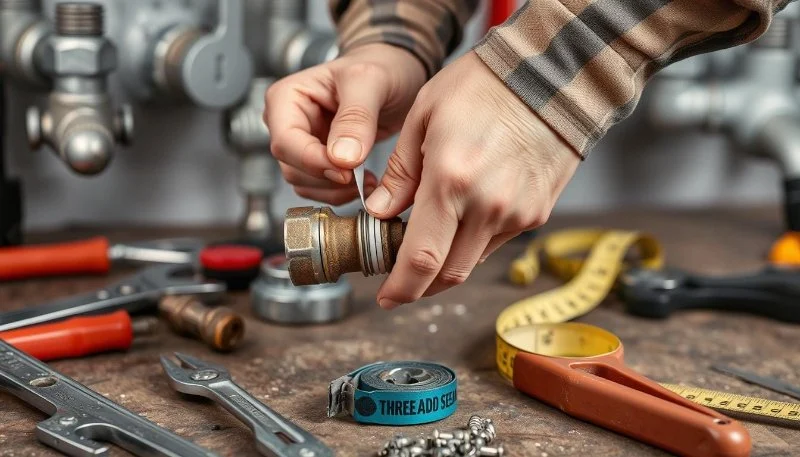
- 1-Why Pipe Thread Repair Is Important
- 2-Common Causes of Broken Pipe Threads
- 3-Tools Needed for Pipe Thread Repair
- 4-Step-by-Step Guide to Repairing Pipe Threads
- 5-Alternative Repair Methods for Pipe Threads
- 6-Preventing Pipe Thread Damage
1. Why Pipe Thread Repair Is Important
When a pipe’s threads become damaged, it can lead to leaks, reduced water pressure, and potential damage to surrounding structures. Whether it's a minor leak or a major issue, a broken pipe thread can compromise your home or business’s plumbing system. Repairing or replacing damaged threads quickly can save you from costly water damage and prevent further complications down the line. Understanding the basics of how to repair a broken thread on a pipe is essential for any DIY enthusiast or homeowner who wants to keep their plumbing system in top condition.
2. Common Causes of Broken Pipe Threads
Pipe threads can break or wear down for various reasons. Below are some of the most common causes:
- Over-tightening: One of the primary causes of broken pipe threads is over-tightening the fittings during installation or maintenance. This can cause the threads to crack or strip.
- Corrosion: Over time, exposure to water and air can lead to rust or corrosion on metal pipes, weakening the threads and making them more prone to breaking.
- Improper installation: Incorrect installation techniques, such as misalignment or using the wrong type of pipe, can contribute to thread damage.
- Excessive pressure: High water pressure can put stress on pipe threads, causing them to break or wear out prematurely.
3. Tools Needed for Pipe Thread Repair
To effectively repair a broken thread on a pipe, you'll need a few essential tools. Here’s a list of what you’ll need for the job:
- Pipe Threader or Tapping Tool: This tool helps to re-cut or repair the threads on a pipe.
- Pipe Wrench: A pipe wrench is necessary for loosening and tightening pipes and fittings during the repair process.
- Thread Sealant or Teflon Tape: To ensure a secure seal after repairing the thread, thread sealant or Teflon tape is crucial.
- Replacement Fittings: Depending on the damage, you might need replacement fittings that match the pipe’s diameter and thread type.
- Hacksaw: In some cases, you might need a hacksaw to remove the damaged portion of the pipe.
4. Step-by-Step Guide to Repairing Pipe Threads
Now that you have the right tools, here’s a step-by-step guide on how to repair broken threads on a pipe:
- Step 1: Turn off the water supply. Before starting any repairs, make sure to turn off the water supply to prevent leaks and flooding.
- Step 2: Remove the damaged pipe. Use the pipe wrench to remove the damaged pipe section. If necessary, use a hacksaw to cut off the affected area of the pipe.
- Step 3: Inspect the threads. Examine the pipe threads for any visible damage, such as cracks or stripping. If the threads are too damaged, it may be necessary to replace the entire fitting or pipe.
- Step 4: Repair the threads. Use a pipe threader or tapping tool to recut or repair the damaged threads. Ensure that the threads are aligned properly for a tight fit with the fittings.
- Step 5: Apply sealant or tape. Once the threads are repaired, apply thread sealant or Teflon tape to ensure a secure, leak-free connection when you reassemble the pipe.
- Step 6: Reassemble the pipe. Attach the repaired pipe section back into place and tighten the fittings using a pipe wrench. Be careful not to over-tighten.
- Step 7: Turn on the water and check for leaks. Once everything is reassembled, turn the water supply back on and check for any leaks. If you notice any, tighten the fittings further or check the sealant application.
5. Alternative Repair Methods for Pipe Threads
If the threads are too damaged for repair, there are alternative methods to fix the problem without replacing the entire pipe:
- Thread Repair Kits: These kits are designed to repair stripped or damaged threads. They typically include a special insert or sleeve that can be threaded onto the damaged pipe, creating a new thread for the fitting.
- Epoxy or Pipe Sealant: For temporary fixes, applying epoxy or pipe sealant to the damaged threads can create a seal. However, this is not a long-term solution and should be followed by a more permanent repair when possible.
6. Preventing Pipe Thread Damage
To avoid future issues with broken pipe threads, here are a few tips to prevent damage:
- Proper installation: Always ensure that pipes and fittings are installed correctly, following manufacturer guidelines and using the right tools.
- Avoid over-tightening: Tighten fittings snugly, but avoid using excessive force that could cause threads to strip or crack.
- Regular maintenance: Periodically check your pipes for signs of wear and tear, especially in high-pressure systems or older plumbing.
- Use pipe protectors: Consider using pipe protectors or anti-vibration mounts in areas where pipes are subjected to constant movement or pressure.



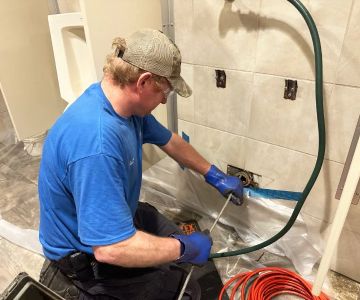

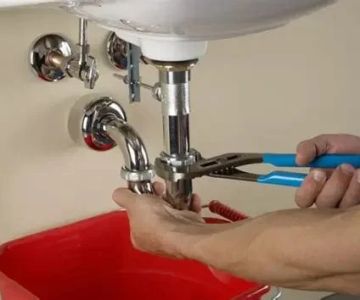
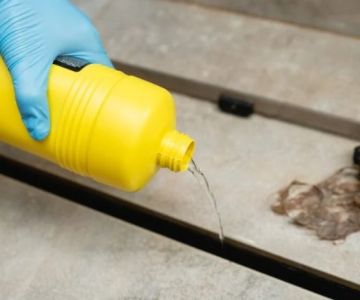

 P L Plumbing5.0 (4 reviews)
P L Plumbing5.0 (4 reviews) RootBusters Plumbing, Sewer and Drains Inc.5.0 (291 reviews)
RootBusters Plumbing, Sewer and Drains Inc.5.0 (291 reviews)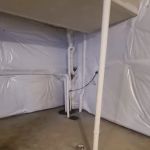 2 Sisters Remodeling Experts4.0 (47 reviews)
2 Sisters Remodeling Experts4.0 (47 reviews)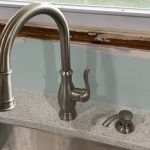 Reed's Plumbing, LLC4.0 (48 reviews)
Reed's Plumbing, LLC4.0 (48 reviews) A1 sturm plumbing Drain & Sewer Clean5.0 (4 reviews)
A1 sturm plumbing Drain & Sewer Clean5.0 (4 reviews) Black Diamond Plumbing and Drain Service5.0 (42 reviews)
Black Diamond Plumbing and Drain Service5.0 (42 reviews) How to Choose a Reliable Plumber for Emergency Repairs
How to Choose a Reliable Plumber for Emergency Repairs How to Install a Pot Filler Faucet in the Kitchen: A Step-by-Step Guide
How to Install a Pot Filler Faucet in the Kitchen: A Step-by-Step Guide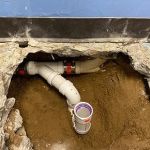 How to Repair a Slab Leak Under the Floor: Step-by-Step Expert Guide
How to Repair a Slab Leak Under the Floor: Step-by-Step Expert Guide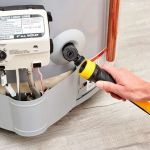 How to Safely Drain a Water Heater Before Moving: Step-by-Step Guide
How to Safely Drain a Water Heater Before Moving: Step-by-Step Guide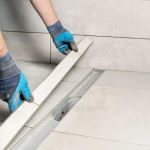 How to Replace an In-Wall Shower Drain: Step-by-Step Guide
How to Replace an In-Wall Shower Drain: Step-by-Step Guide How to Properly Route Plumbing for a New Appliance
How to Properly Route Plumbing for a New Appliance